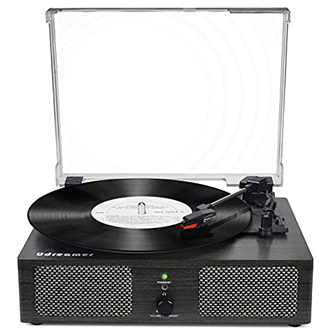2025-07-04 07:40:00
phys.org

As NASA’s New Horizons spacecraft traveled through the Kuiper Belt at a distance of 438 million miles from Earth, an international team of astronomers used the far-flung probe to conduct an unprecedented experiment: the first-ever successful demonstration of deep space stellar navigation.
A paper describing the results was accepted for publication in The Astronomical Journal. The pre-print is available on the server arXiv.
As a proof-of-concept test, the researchers took advantage of the spacecraft’s unique vantage point as it traveled toward interstellar space to image two of our nearest stellar neighbors, Proxima Centauri, which is 4.2 light-years from Earth, and Wolf 359, which is 7.86 light-years away.
From New Horizons’ perspective, the two nearby stars shifted their apparent positions in the sky as they appear to astronomers here on Earth, an effect known as stellar parallax.
Using the positions of the two stars and referencing a three-dimensional model of the solar neighborhood, the team calculated the spacecraft’s position relative to nearby stars with an accuracy of about 4.1 million miles. (This is comparable to an accuracy of about 26 inches as measured from New York to Los Angeles.)
Although this demonstration did not yield research-grade results, the researchers note that directly observing large stellar parallaxes from widely separated simultaneous observers is vividly educational.

According to Tod Lauer, an astronomer with NSF’s NOIRLab in Tucson, Ariz., and lead author on the paper, “Taking simultaneous Earth/Spacecraft images we hoped would make the concept of stellar parallaxes instantly and vividly clear.”
“It’s one thing to know something, but another to say “Hey, look! This really works!'”
New Horizons is the fifth robotic spacecraft to leave Earth that will eventually reach interstellar space. Its primary mission was to study the dwarf planet Pluto and its largest moon, Charon.
After a journey of nine and a half years and over 3 billion miles, it captured amazing first images of these icy worlds and expanded our understanding of their geology, composition, and tenuous atmospheres.
Now in its extended mission, New Horizons will continue studying the heliosphere and is expected to cross the “termination shock,” the point that marks the boundary of interstellar space, in the next few years.
Written for you by our author Charles Blue,
edited by Sadie Harley, and fact-checked and reviewed by Andrew Zinin—this article is the result of careful human work. We rely on readers like you to keep independent science journalism alive.
If this reporting matters to you,
please consider a donation (especially monthly).
You’ll get an ad-free account as a thank-you.
More information:
Tod R. Lauer et al, A Demonstration of Interstellar Navigation Using New Horizons, arXiv (2025). DOI: 10.48550/arxiv.2506.21666
© 2025 Science X Network
Citation:
New Horizons conducts first successful deep space stellar navigation test (2025, July 4)
retrieved 4 July 2025
from https://phys.org/news/2025-07-horizons-successful-deep-space-stellar.html
This document is subject to copyright. Apart from any fair dealing for the purpose of private study or research, no
part may be reproduced without the written permission. The content is provided for information purposes only.
Enjoy the perfect blend of retro charm and modern convenience with the Udreamer Vinyl Record Player. With 9,041 ratings, a 4.3/5-star average, and 400+ units sold in the past month, this player is a fan favorite, available now for just $39.99.
The record player features built-in stereo speakers that deliver retro-style sound while also offering modern functionality. Pair it with your phone via Bluetooth to wirelessly listen to your favorite tracks. Udreamer also provides 24-hour one-on-one service for customer support, ensuring your satisfaction.
Don’t miss out—get yours today for only $39.99 at Amazon!
Help Power Techcratic’s Future – Scan To Support
If Techcratic’s content and insights have helped you, consider giving back by supporting the platform with crypto. Every contribution makes a difference, whether it’s for high-quality content, server maintenance, or future updates. Techcratic is constantly evolving, and your support helps drive that progress.
As a solo operator who wears all the hats, creating content, managing the tech, and running the site, your support allows me to stay focused on delivering valuable resources. Your support keeps everything running smoothly and enables me to continue creating the content you love. I’m deeply grateful for your support, it truly means the world to me! Thank you!
BITCOIN
bc1qlszw7elx2qahjwvaryh0tkgg8y68enw30gpvge Scan the QR code with your crypto wallet app |
DOGECOIN
D64GwvvYQxFXYyan3oQCrmWfidf6T3JpBA Scan the QR code with your crypto wallet app |
ETHEREUM
0xe9BC980DF3d985730dA827996B43E4A62CCBAA7a Scan the QR code with your crypto wallet app |
Please read the Privacy and Security Disclaimer on how Techcratic handles your support.
Disclaimer: As an Amazon Associate, Techcratic may earn from qualifying purchases.







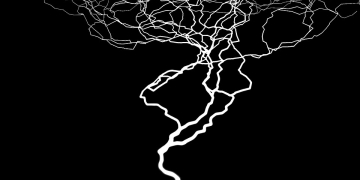

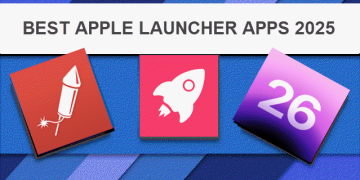







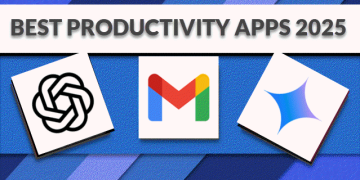








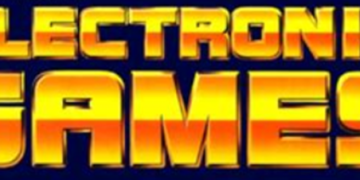
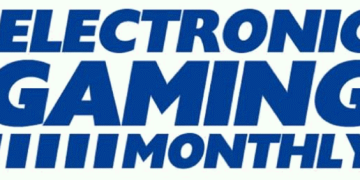
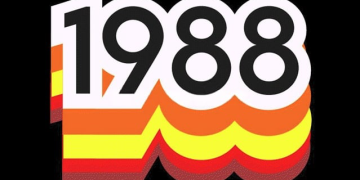



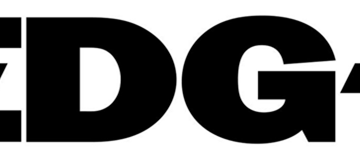



![Gamer [Blu-ray]](https://techcratic.com/wp-content/uploads/2025/07/71bzLLBjNyS._SL1500_-360x180.jpg)

































